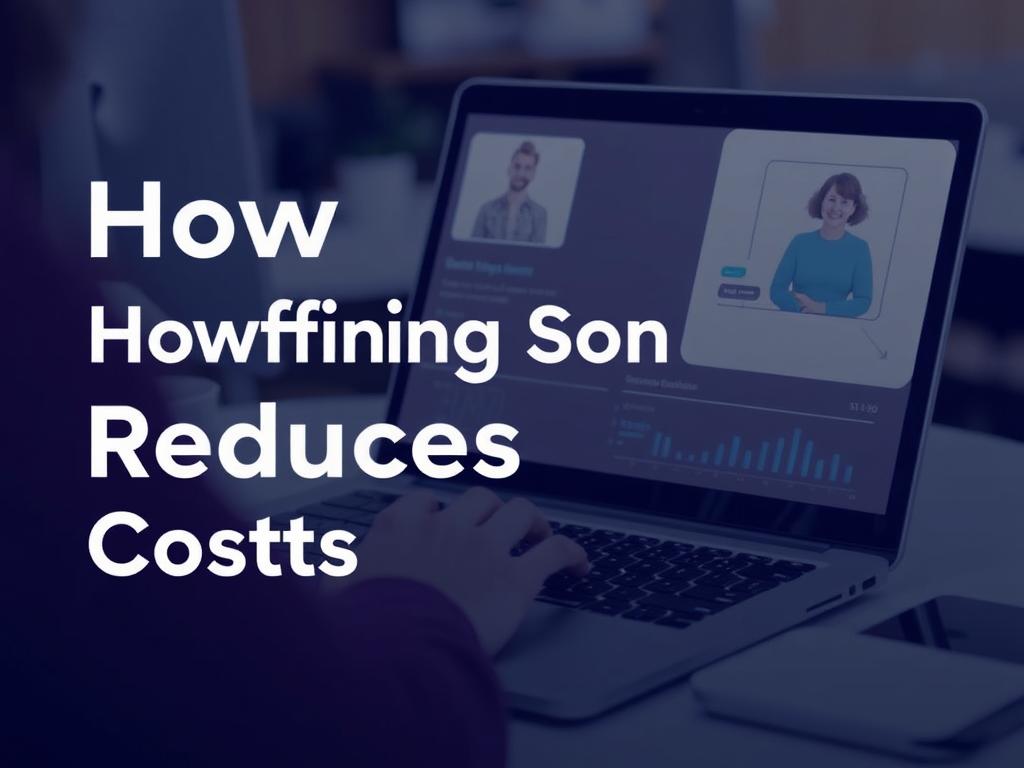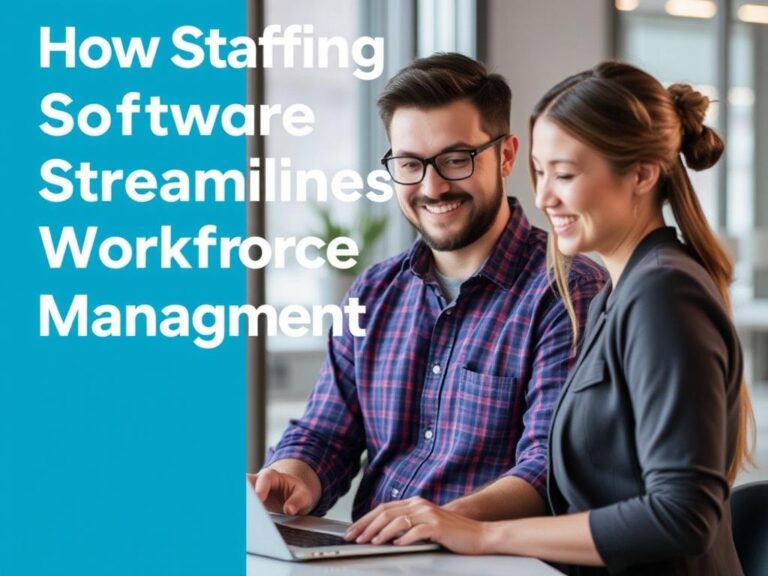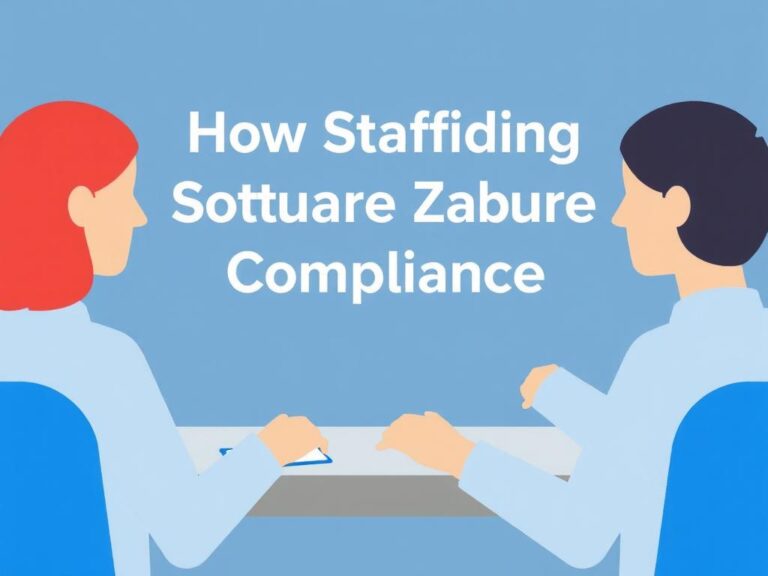How Staffing Software Reduces Hiring Costs: Unlocking Efficiency and Savings
In today’s competitive business environment, companies are constantly looking for ways to streamline their hiring processes while cutting unnecessary expenses. Staffing software has emerged as a crucial tool that helps organizations reduce hiring costs, improve efficiency, and find the right candidates faster. If you’re wondering how staffing software reduces hiring costs, this article will guide you through the numerous ways these systems transform recruitment, making it both cost-effective and productive.
Understanding the Traditional Hiring Process and Its Expenses
Before diving into how staffing software can reduce hiring costs, it’s essential to understand why hiring can be so expensive in the first place. Traditional hiring processes are often manual, time-consuming, and labor-intensive. HR teams spend countless hours sorting through resumes, scheduling interviews, communicating with candidates, and managing administrative paperwork. This lengthy process not only drains HR resources but also results in longer vacancy periods, which translates to lost productivity.
On top of that, companies often rely on external recruiters or job boards, which can be quite costly. Costs such as job advertising fees, recruiter commissions, candidate background checks, and onboarding expenses quickly add up. Not to mention, making a wrong hire can lead to additional expenses in training, turnover, and diminished team morale.
How Staffing Software Reduces Hiring Costs: Key Benefits
Luckily, staffing software provides smart solutions to tackle these challenges head-on. Here are some of the most impactful ways staffing software reduces hiring costs for businesses:
1. Automation of Time-Consuming Tasks
One of the significant benefits is automation. Staffing software automates routine tasks such as resume screening, interview scheduling, and candidate communication. By using automated filters, the software can quickly scan thousands of resumes and identify applicants who meet the job requirements, reducing the hours HR staff spend on manual screening.
2. Centralized Candidate Database
Staffing software offers a centralized repository where all candidate information is stored and easily accessible. This reduces duplication, improves collaboration among recruitment teams, and speeds up decision-making. Access to a rich talent pool also means organizations can fill positions faster without turning to expensive external agencies.
3. Improved Candidate Matching and Quality of Hire
Modern staffing software incorporates AI and machine learning algorithms to match job requirements with candidate profiles more accurately. Better candidate matching means fewer bad hires, lowering the risk of turnover and the associated costs such as retraining or rehiring.
4. Streamlined Communication and Collaboration
With built-in communication tools, staffing software allows hiring managers and recruiters to coordinate seamlessly, reducing delays caused by miscommunication. Candidates receive timely updates, improving their satisfaction and reducing dropout rates, which saves costs linked with lengthy hiring cycles.
5. Analytics and Reporting
Staffing software provides insightful analytics that enable companies to track recruitment metrics like time-to-fill, cost-per-hire, and source effectiveness. These insights help refine recruitment strategies, optimize budget allocation, and ultimately reduce overall hiring expenses.
Cost Comparison: Traditional Recruitment Vs. Staffing Software
To put things into perspective, let’s look at a simple comparison between traditional recruitment and staffing software in terms of major cost factors:
| Cost Factor | Traditional Recruitment | Staffing Software |
|---|---|---|
| Job Advertising Fees | High — Multiple platforms, recurring ads | Lower — Targeted postings via integrated tools |
| Resume Screening | Manual, hours spent by HR staff | Automated screening, minutes required |
| Recruiter Commissions | Often 15-25% of annual salary | Reduced or eliminated with in-house system |
| Interview Scheduling | Manual coordination, risk of delays | Automated scheduling and reminders |
| Onboarding and Documentation | Manual paperwork, administrative hours | Digital onboarding tools streamline process |
As this table shows, staffing software cuts down costs in almost every phase of recruitment, from advertising to onboarding.
Features of Staffing Software That Maximize Cost Reduction
While the advantages of staffing software are clear, understanding its specific features will help you appreciate how they translate into real savings. Below is a list of common features that contribute significantly to reducing hiring costs:
- Applicant Tracking System (ATS): Manages job postings and candidate pipelines efficiently.
- Resume Parsing and Screening: Quickly identifies qualified candidates and removes unfit applicants.
- AI-Powered Candidate Matching: Uses algorithms to align candidates’ skills with job requirements.
- Interview Management: Automates interview scheduling, reminders, and feedback collection.
- Collaboration Tools: Facilitates communication between HR, hiring managers, and recruiters.
- Reporting and Analytics: Measures recruitment effectiveness and budget utilization.
- Onboarding Automation: Simplifies new hire paperwork and training schedules.
Each of these features targets a particular bottleneck in the recruitment process, reducing labor, improving accuracy, and decreasing time-to-hire—ultimately lowering overall costs.
How Small and Medium Businesses Benefit from Staffing Software
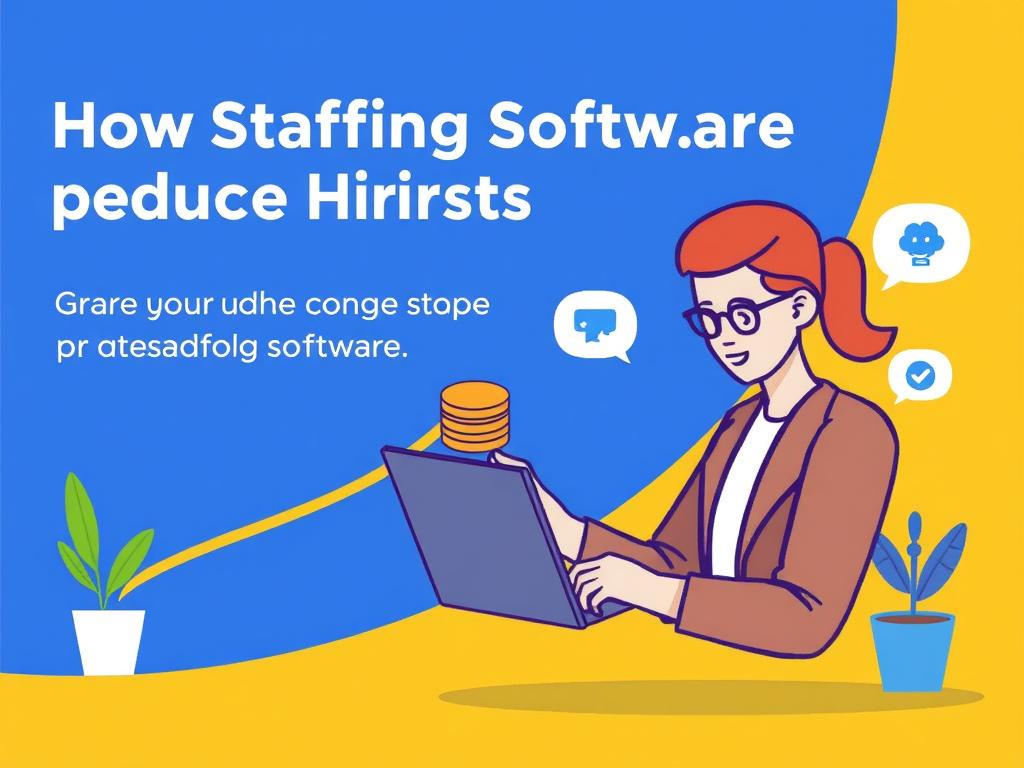
While large companies often have extensive HR teams, small and medium businesses (SMBs) face unique challenges when hiring, especially budget constraints. Investing in staffing software can be a game-changer for SMBs looking to reduce cost-per-hire without sacrificing quality. The software enables smaller teams to perform tasks that would otherwise require multiple HR staff members, levelling the playing field and increasing competitiveness.
In addition, cloud-based staffing software lowers upfront costs since SMBs don’t need to invest heavily in IT infrastructure. They can subscribe to software-as-a-service (SaaS) models that scale with their needs, making the technology affordable and accessible.
Tips for Choosing the Right Staffing Software to Maximize Cost Savings
To ensure you leverage staffing software effectively, consider the following tips when selecting a platform:
- Identify your hiring needs: Understand your recruitment challenges and choose software that addresses them.
- Look for integrations: Ensure the software integrates with existing HR systems, job boards, and communication tools.
- Evaluate automation features: Prioritize platforms that automate manual processes to save time and money.
- Check user-friendliness: A simple interface boosts adoption and reduces training costs.
- Review analytics capabilities: Choose software with dashboards that help track cost savings and hiring metrics.
- Consider scalability: Pick software that can grow with your company to avoid switching costs later.
Investing time to select the right staffing software ensures you tap into its full potential for reducing hiring costs.
The Future of Hiring: Embracing Technology to Cut Costs
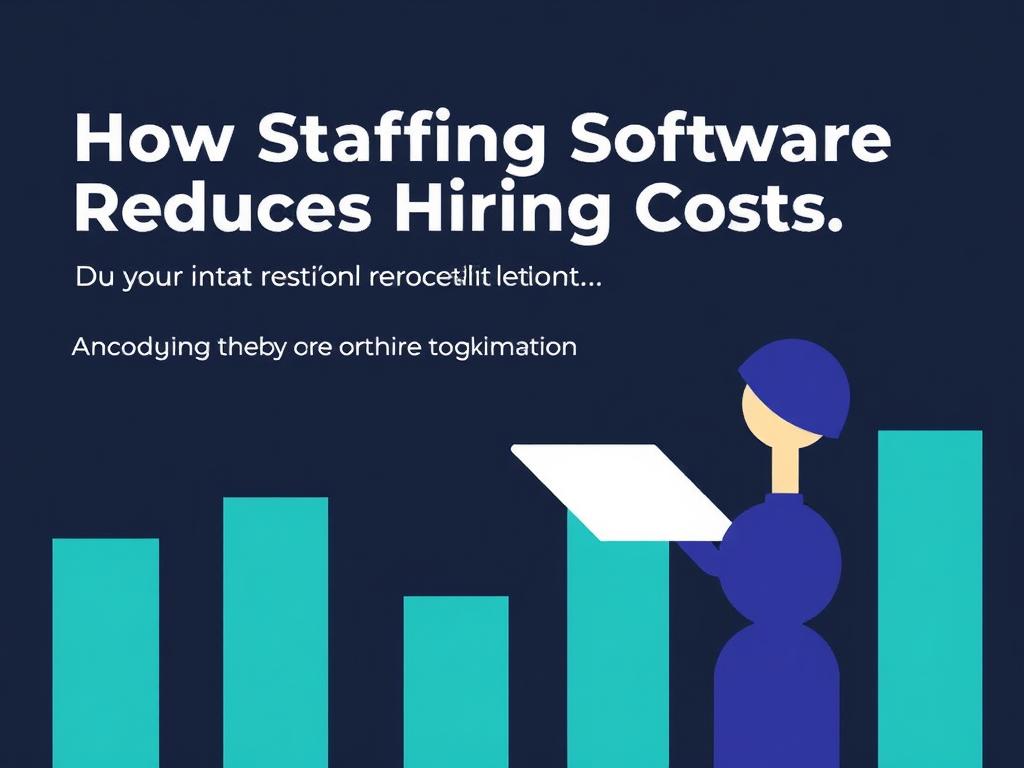
The ongoing digital transformation continues to reshape hiring practices. Staffing software is evolving with advanced technologies like AI, natural language processing, and predictive analytics, making recruitment more precise and efficient. For businesses aiming to reduce hiring costs, embracing these innovations is no longer optional—it’s essential.
Automation of routine tasks and intelligent candidate matching reduce wasted time and money, while enhanced data-driven decision-making leads to better hires. Additionally, remote hiring capabilities embedded in staffing software enable organizations to widen their talent pool without incurring geographical constraints or additional expenses. The future promises even more cost-effective staffing solutions that empower companies to attract top talent while maintaining tight control over recruitment budgets.
Conclusion
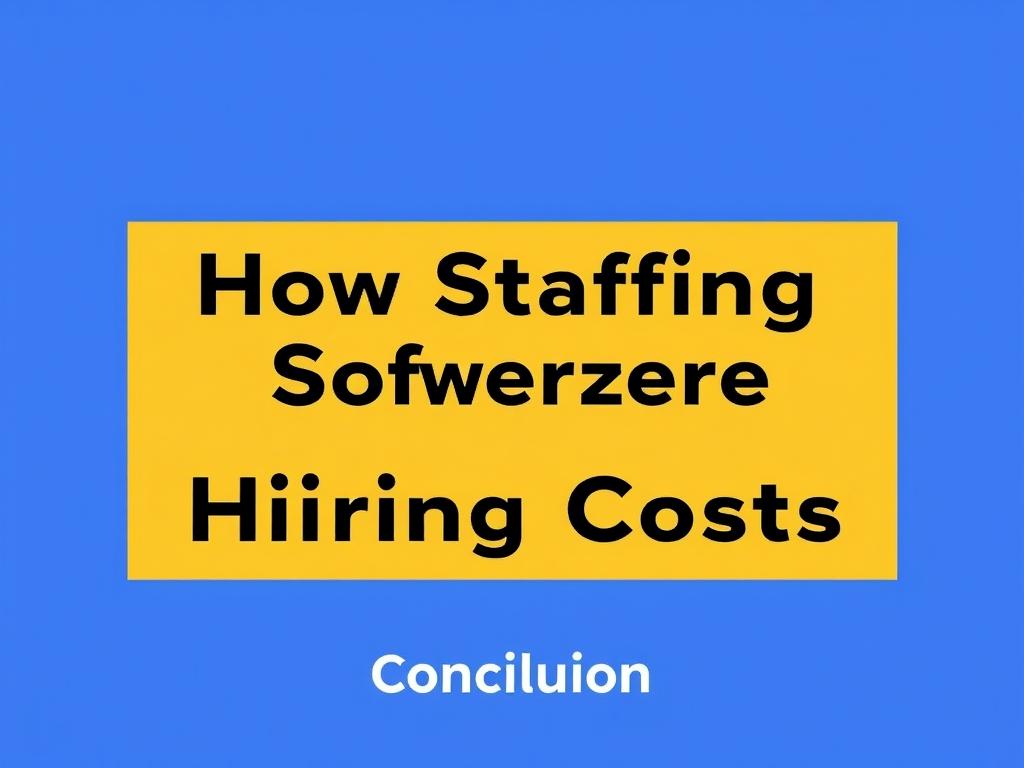
Staffing software revolutionizes the hiring process by automating routine tasks, improving candidate matching, streamlining communication, and providing valuable data insights—all of which contribute to significantly reducing hiring costs. Whether you run a large enterprise or a small business, investing in the right staffing software can help you overcome traditional recruitment challenges, shorten time-to-hire, and avoid expensive hiring mistakes. As hiring continues to evolve with technology, staffing software represents a vital tool for companies looking to optimize their recruitment strategy while keeping costs manageable. If you’ve been wondering how staffing software reduces hiring costs, hopefully, this comprehensive look has shown you it’s about smarter processes, automation, and better resource utilization—a winning formula for today’s hiring success.
